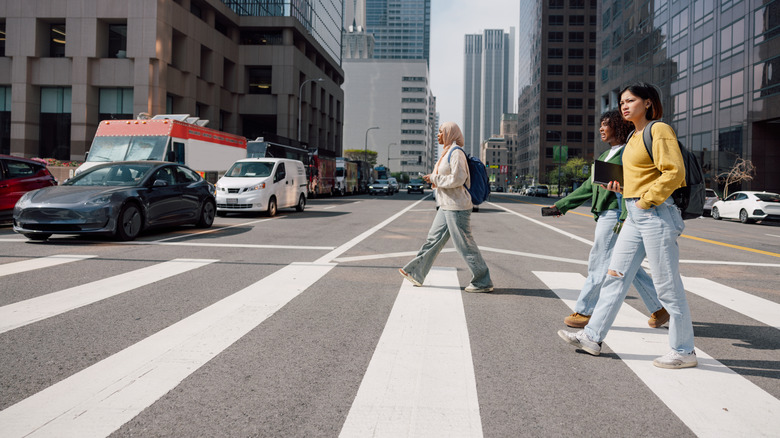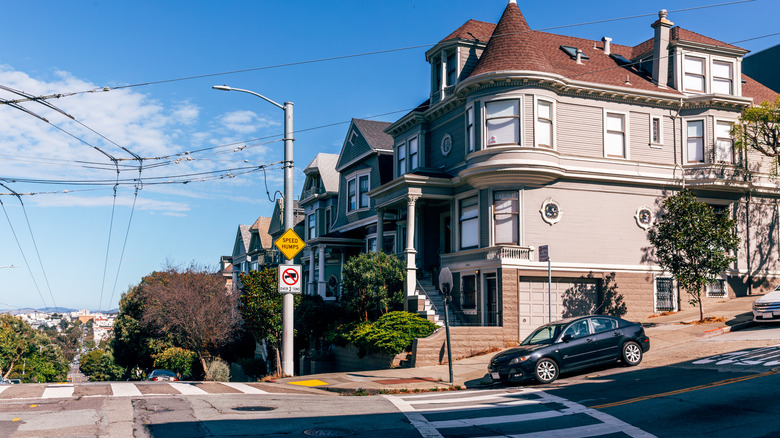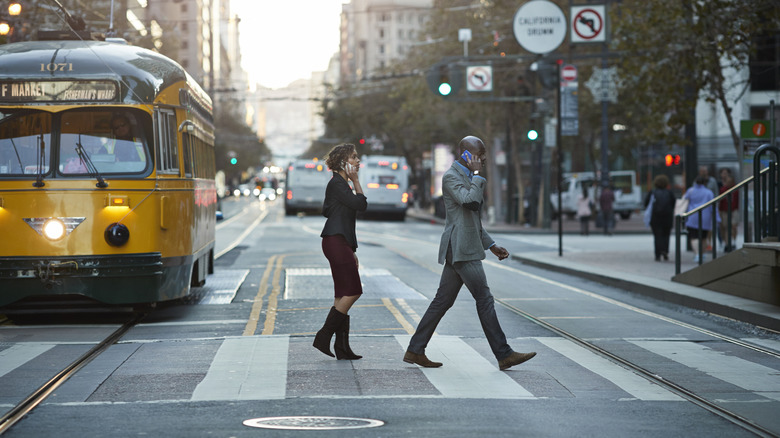What Is California's 'Daylighting Law' And How It Is Affecting Local Residents?
California Assembly Bill 413 (AB 413), also known as the "Daylighting Law," went into effect on January 1st, 2025. Though its name sounds relaxing and casual, it represents a seriously major shift in how drivers can park near intersections across the state. In the most basic of terms, the Daylighting Law makes it illegal to stop, stand, or park a vehicle within 20 feet of any crosswalk, marked or unmarked. In areas with curb extensions (also called bulb-outs), the distance shortens to 15 feet.
The rationale behind it is simple yet powerful: more pedestrian visibility and fewer accidents. When cars are parked too close to intersections, they block lines of sight for both drivers and pedestrians. This matters a lot — especially for schoolchildren, seniors, and anyone else who needs the crosswalk to get around their neighborhood safely. And though it may cause some pushback, one could argue it's long overdue. California included, over 40 states enforce similar rules, putting the state in line with other national and international standards.
Steps being taken by California cities
To be compliant with AB 413, cities across California need to roll out sweeping changes. For example, the San Francisco Municipal Transportation Agency (SFMTA) has said it will enforce daylighting at every intersection in the city by the end of 2026. SFMTA also said it's beginning with its High Injury Network: a collection of streets where a majority of the city's most severe traffic injuries take place. In addition to prioritizing high-risk streets, San Francisco is also focusing on school zones. Every intersection within a 600-foot radius of schools will be daylighted by the end of 2025 to improve safety for students and their families.
Residents in Livermore are already seeing the impact of this Daylighting Law as well. City engineers spent the summer of 2024 looking at over 500 intersections, with a strong focus on school zones and residential neighborhoods. Back in early 2025, red curbs and new striping were both added to over 200 intersections. Cities across the state have also been setting up information booths at local events (think farmers markets and other public gatherings) to inform the public about these changes and help cut down on any frustration or confusion. Residents are going to have to adjust to the loss of these parking spaces, but surely the benefits outweigh any extra time spent searching for a space.
How the Daylighting Law is impacting Californians
Though AB 413 officially began on January 1st, 2025, cities have been giving an initial two-month grace period to help residents ease into things. Starting March 1st of the year, drivers started facing fines of $65 per citation (plus a $12.50 administrative fee, bringing things closer to $80). With this grace period now over, it's best for Californians to err on the side of caution: if you're parking near a corner, leave at least a car's length between your vehicle and the crosswalk.
For pedestrians, the changes are already paying off in a big way. Clearer sightlines at intersections mean fewer near-misses and a safer feeling when crossing the street. Parents walking their kids to school, older adults navigating sidewalks, commuters using public transit — all can benefit from the increased visibility and space.
Broadly, the end goal of the Daylighting Law is clear: To make California's cities more walkable and livable. It's an important step toward being a less car-dependent country, not to mention increasing public safety and supporting more vibrant local economies through improved foot traffic. (It might mean sitting in LA or San Francisco's terrible traffic a little longer trying to find a spot, but alas.)


